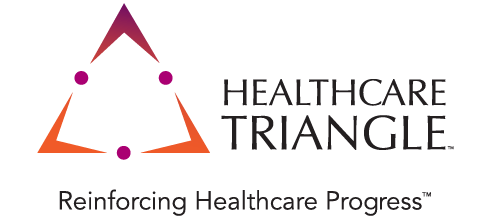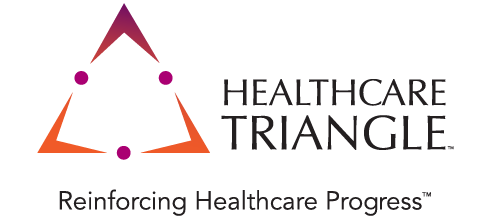Interoperability – Get your head in the cloud
Healthcare Triangle
July 16, 2021
Healthcare organizations have tools available on the cloud to solve the toughest healthcare processes, and more tools are introduced every day. It all comes down to envisioning a better process and identifying the data needed at what point in the process to make your workflow intuitive – both on screen and to the clinicians and patients.
Where are you building interoperability?
It is imperative to begin this journey with the mindset that the landscape can and will change for data integration and how it is provided to make processes interoperable. No doubt you see this in the regulations and mandates for patient access via APIs and mobile apps. Even if you have this box checked, don’t get comfortable, you need to prepare for what’s ahead.
If you are not currently leveraging the cloud to interoperate, store and analyze data, you need to get the cloud on your radar screen. The most obvious advantages are the reduction operational and infrastructure on-going costs; trading capital for variable infrastructure and IT staff expense, economies of hardware scale and flexibility, capacity planning- no new contracts, limits or constraints, and design agility. Beyond these obvious advantages are the power of artificial intelligence, machine learning and natural language processing tools available on the cloud to enable next generation analytics and understandings with your data.
What does interoperability in the cloud look like?
Your first step is to identify a workflow that is broken, ineffective, or clumsy for the patient and caregiver. Technology does not solve problems, but it can enable your staff and patients to work together better. It might be helpful to ask your team and patients questions to explore this further:
- What data are necessary for quality care, but is not readily available in the EHR today?
- Is there patient generated data from a medical device or monitor that needs to be in the EHR?
- Do you have missing discrete data from another unaffiliated hospital or health network?

- Are there clinical workflows with "outside" patient data that you suspect should be simpler or more widely available to all organizations?
- Do you have data locked up in faxes, scanned documents and narrative notes that would be more valuable as discreet data integrated into your EHR and/or workflows?
Ok so you are now in the cloud (if not, then we make it EZ). Are your interfaces still integrating from point A to point B with some nifty transformations applied? It's time to look at the data missing from your workflow needing help and review your current sources. Chances are the core data you exchange is available via HL7 from an EHR or third-party application. Beyond that, other data supporting your interface may be shared via an API. Integrate API calls to your integration to supply additional data to an HL7 message, or even supply data to the EHR in a different UI to improve the clinician's ability to treat the patient.
The successful execution of an API integration requires forming a link between healthcare workflow, technology implementation, culture and process.
After drafting out a few of these workflow improvement examples, you should begin seeing a pattern to the process and what data and code is re-used or helpful to make the solution available to resolving additional problems.
This is the time to begin looking at the bigger picture. Envision the sources for your data needed.
- Do you perform frequent coded value lookups to meet USCDI compliance?
- Are there patient demographics needed without getting an entire HL7 ADT message set?
- Is there data specific to social determinants you query or reference?
- What additional applications would benefit from this data?
- What external and non-conventional data sources might be of value? Extensive data is available that provide geo location information, social media and other data that may add value to the clinicians’ workflow and understanding of their patient.
Interoperability as a cloud service
Your integration engine may enable this API and FHIR resource integration but with added costs that will increase. Bundling different API services to your engine may be the right strategy depending on your long-term model. Others may prefer to build a structure.
Consideration should be given to establishment of a data lake for your transactions. A structured repository can be added using OMOP or another schema to enable API integrations to your data sets.

AI can be applied to these APIs to further enable meaningful data exchange and use in the care-giver scenarios. These can take the form of physician alerts based on (non-discrete) patient report data submitted to the EHR, taking predictive actions based on patient data updates, and the ability to consume text reports and monitor/mask for behavioral health content.
While this data can be used for real-time data needs, it also provides a basis for analytics reporting use. The use of the same data set is possible and provides relevant dashboarding for your healthcare team management needs.
If you are struggling to envision or build out your interoperability strategy, let us guide you through a discussion to realize what may be possible for your organization.
Drop an email to info@healthcaretriangle.com or schedule a consultation.


